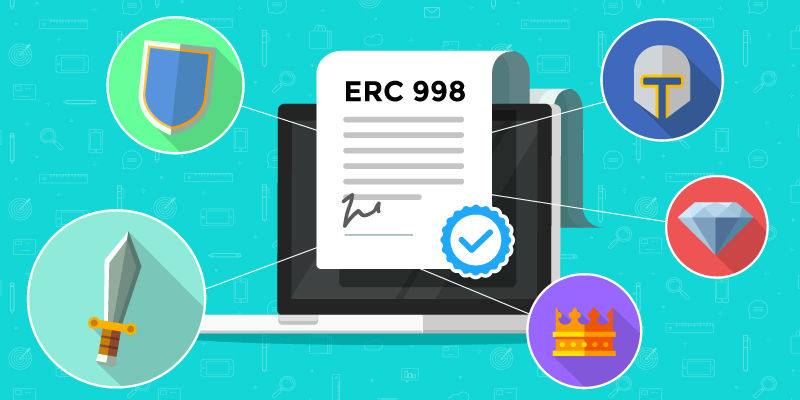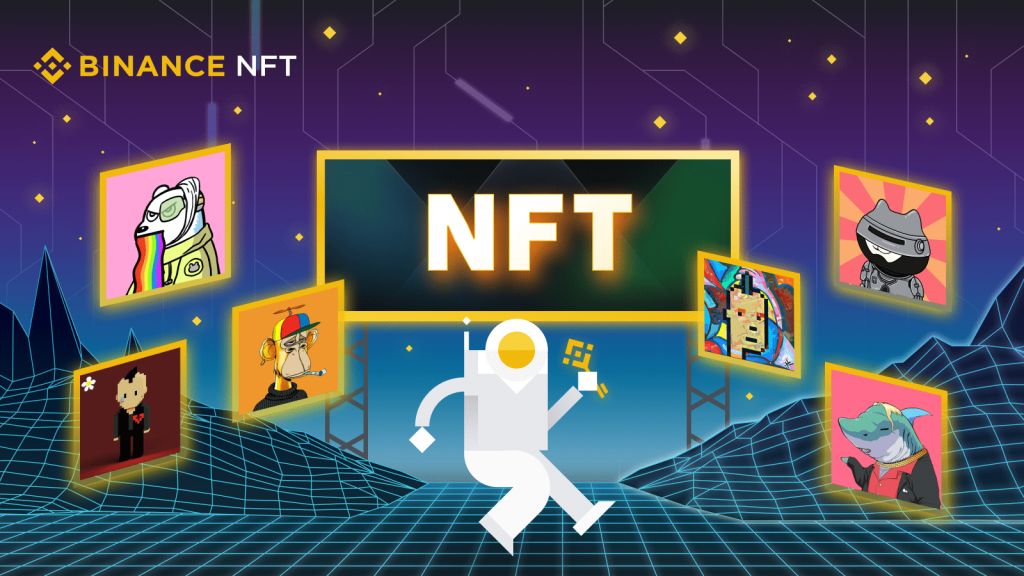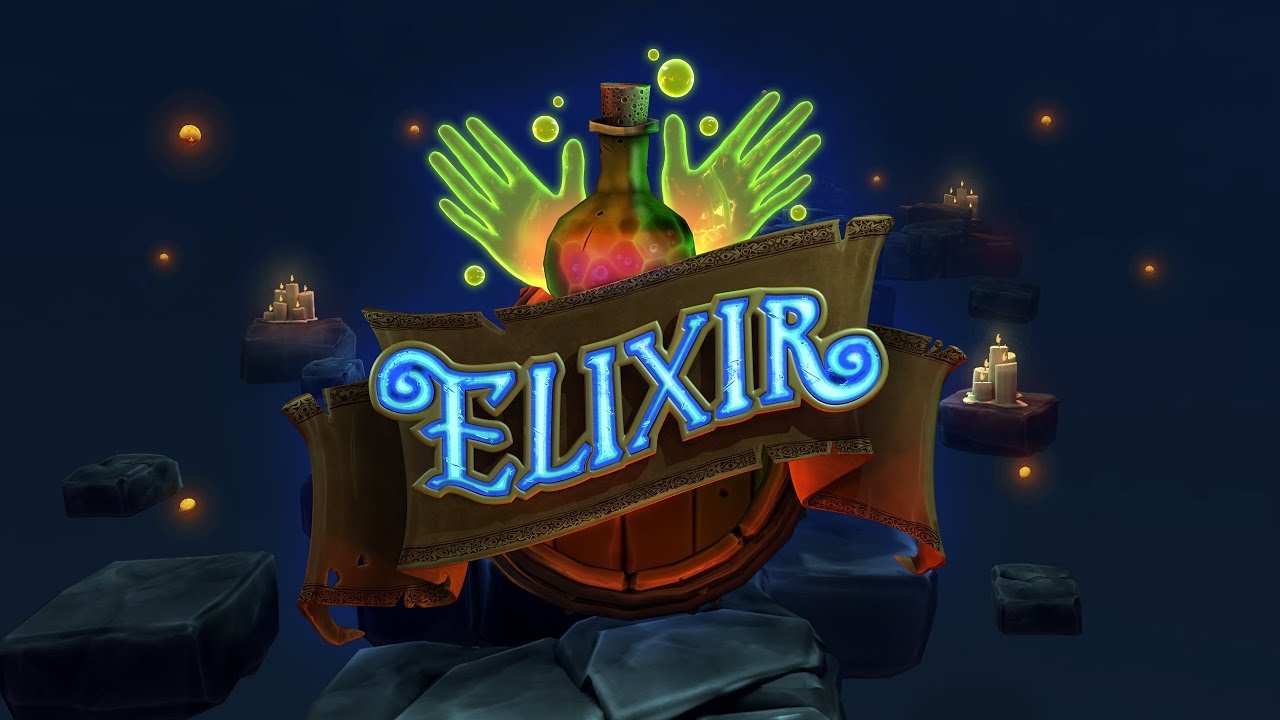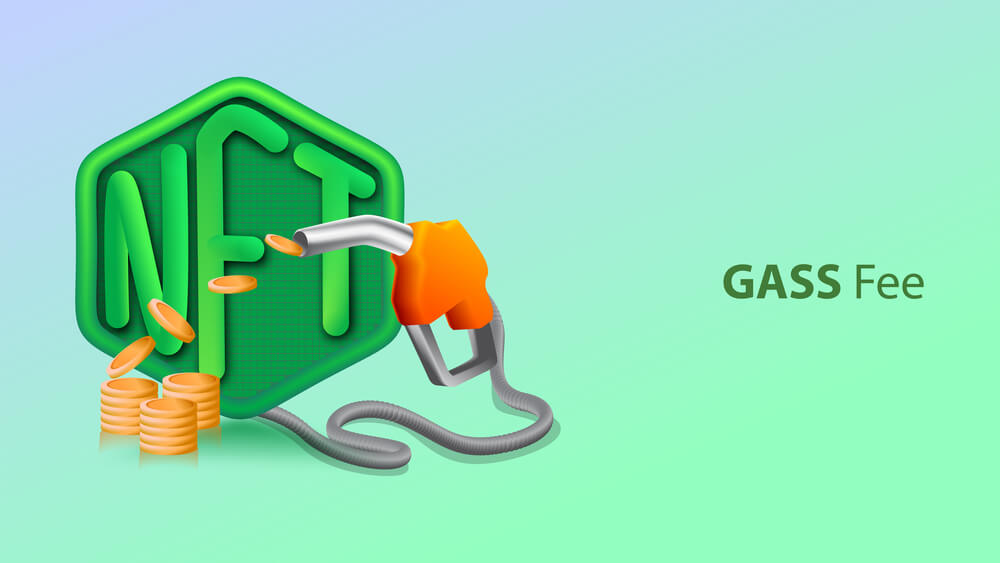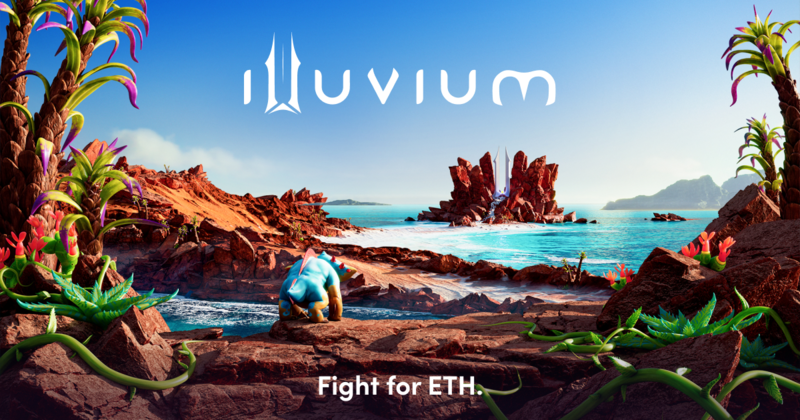The current standard for NFTs on Ethereum, ERC-721, has restrictions when it comes to representing complex ownership structures. Enter ERC-998 – a notable extension of the ERC-721 standard that supports composable NFTs, transforming the way we think about digital assets on the blockchain.
What Is ERC-998?
ERC-998 is a standardized contract interface that expands the capabilities of ERC-721 tokens. It introduces “composability,” a new feature that empowers an NFT to possess other NFTs (ERC-721) or fungible tokens (ERC-20). This functionality enables NFTs to be composed of multiple components, establishing a hierarchy or connection between them.
Put simply, ERC-998 facilitates the development of intricate digital assets by combining smaller, simpler NFTs and/or ERC-20 tokens.
Types Of ERC-998 Tokens
There are two kinds of composability when it comes to the ERC-998 tokens: top-down and bottom-up. Top-down composable tokens own and manage a collection of child tokens, which can be NFTs or fungible tokens. A great example of that is an in-game character owning different items such as armor and weapons as individual NFTs or ERC-20 tokens.
On the flip side, bottom-up composable tokens can be connected or attached to a parent NFT. The tokens are mostly non-transferable and operate as badges of achievement or certifications linked to an NFT that represents a profile.
Key Features And Capabilities Of ERC-998
ERC-998 offers a notable advantage through its hierarchical ownership capability, enabling the formation of intricate ownership structures or nested trees of NFTs. This enhances the representation of digital assets, providing a more detailed ownership framework.
Another significant feature is the streamlined transfer process for composite tokens. With ERC-998, an entire asset comprising multiple NFTs and ERC-20 tokens can be transferred in one transaction, streamlining ownership management and potential marketplace interactions.
Furthermore, the atomic transaction feature guarantees the integrity and consistency of composite token transfers. That means either all child tokens will get transferred together with the parent token or none at all, avoiding any issues or discrepancies that may arise.
ERC-998 Use Cases
The possible use cases for ERC-998 are vast and diverse. Here are some of the examples of how the standard can change various sectors:
Gaming
Within the gaming sector, ERC-998 enables intricate in-game assets to be depicted as hierarchically composed NFTs, encompassing items and attributes. This not only streamlines ownership processes but also enhances in-game asset management and trading capabilities.
Digital Collectibles
Collections of NFTs can be bundled as one ERC-998 token, making ownership and some of the potential marketplaces highly convenient for the digital collectibles.
Representing Real-World Assets
ERC-998 tokens hold the potential to revolutionize the representation of real-world assets on the blockchain. For instance, real estate ownership could be fractionally represented and managed through ERC-998 tokens, offering simplified ownership transfers and creating new avenues for investment opportunities.
Identity And Credentials
Certifications, badges, and other non-transferable achievements can be connected to an identity NFT using bottom-up composable tokens. This offers a secure and verifiable way to highlight one’s achievements and credentials.
Benefits And Shortcomings Of ERC-998
ERC-998 has several benefits, including increased versatility and ease of managing composite assets. Moreover, it opens up the potential for new use cases in different sectors. Nonetheless, it is still an evolving standard with possible changes and limitations, including gas costs and lack of support from some of the wallets and NFT marketplaces.
Conclusion
To summarize, ERC-998 stands to revolutionize NFT applications by facilitating the handling and transfer of composite assets. Its hierarchical ownership and composability capabilities unlock fresh opportunities in gaming, digital art, real-world asset representation, and identity verification. Although there are existing limitations and the potential for future revisions in this dynamic standard, it represents an exciting advancement that fosters experimentation and creativity within the NFT realm.

